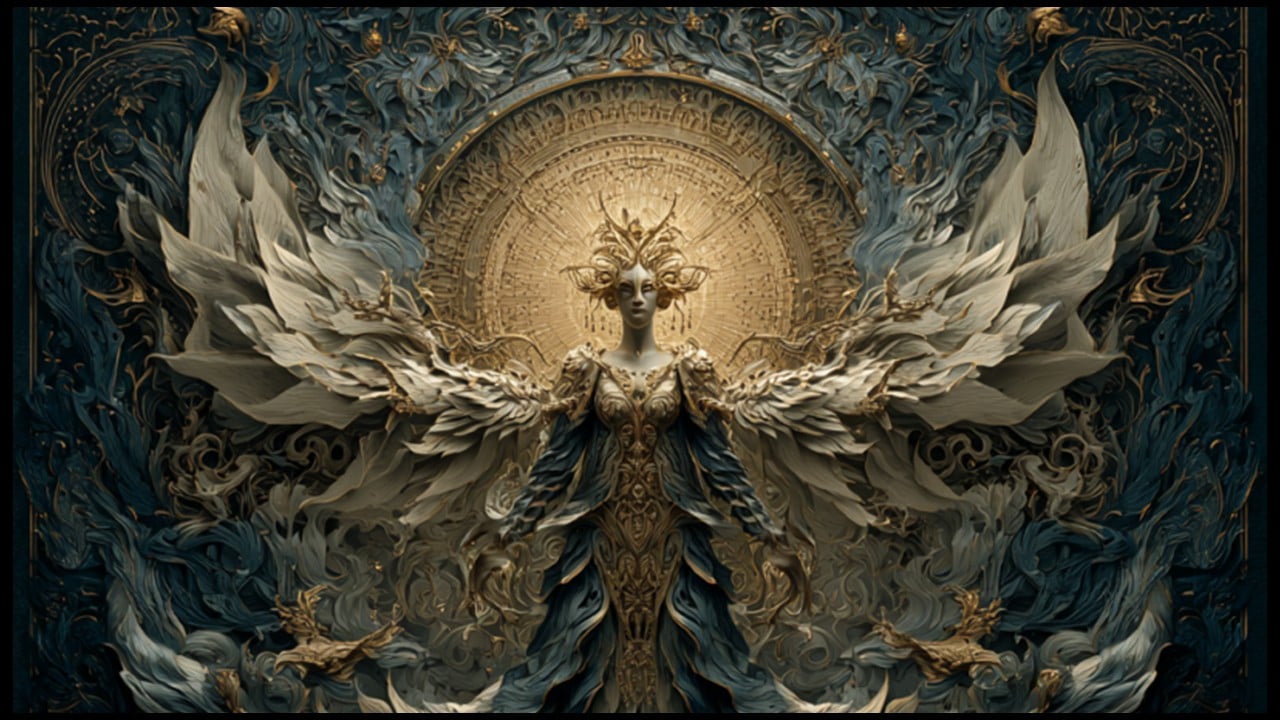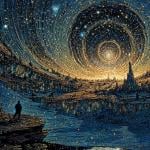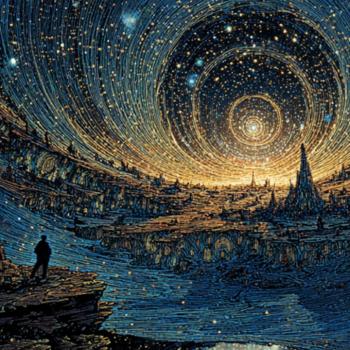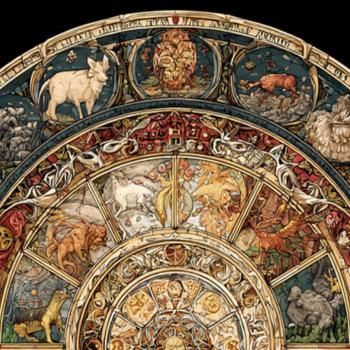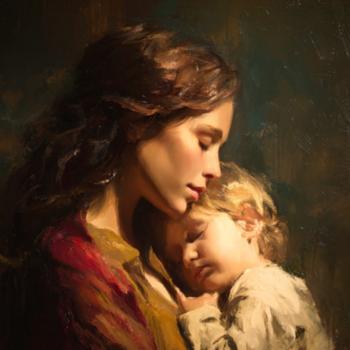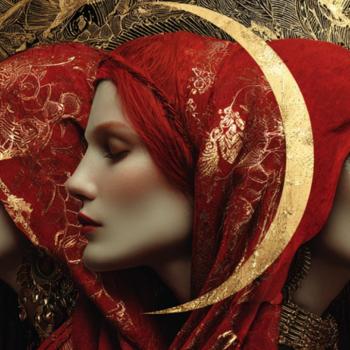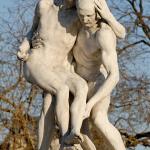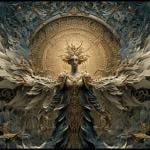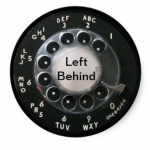The real puzzler about this section is how we identify “The Created One” and what we take away from the references to the Garden of Eden story. If we assume that “The Created One” is Christ, then this section ends up being a contrast between the First Adam and the Last Adam – which is something the Apostle Paul does in both 1 Corinthians 15:45 and Romans 5:12-21.
For example:
“So it is written: ‘The first man Adam became a living being’; the last Adam, a life-giving spirit. The spiritual did not come first, but the natural, and after that the spiritual. The first man was of the dust of the earth; the second man is of heaven. As was the earthly man, so are those who are of the earth; and as is the heavenly man, so also are those who are of heaven. 49 And just as we have borne the image of the earthly man, so shall we bear the image of the heavenly man.” (1 Cor. 15:45-49)
And…
“Therefore, just as sin entered the world through one man, and death through sin, and in this way death came to all people, because all sinned… But the gift is not like the trespass. For if the many died by the trespass of the one man, how much more did God’s grace and the gift that came by the grace of the one man, Jesus Christ, overflow to the many! Nor can the gift of God be compared with the result of one man’s sin: The judgment followed one sin and brought condemnation, but the gift followed many trespasses and brought justification. For if, by the trespass of the one man, death reigned through that one man, how much more will those who receive God’s abundant provision of grace and of the gift of righteousness reign in life through the one man, Jesus Christ!” (Romans 5:12; 15-17)
Hopefully, you can see a few parallels in these Pauline passages when compared to this passage from the Gospel of Philip. If we frame “The Created One” in the first paragraph as the Last Adam and the references to “adultery, murder” and “the seed of the serpent” with the obvious sins of Adam, Eve, and Cain, then perhaps this same contrast between the offspring of Christ and the children of Adam is what the author of this Gospel is attempting to illustrate here.
However, it’s possible that this is not at all what the author has in mind. In fact, it could be possible that “The Created One” in the first paragraph is not a reference to Christ at all but, instead, a reference to Humanity itself. Specifically, that “Adam” was the first “Created One” who, although formed in the Divine image of God, fell into adultery, murder and sin after eating of the Tree of Knowledge of Good and Evil. In this scenario, everything here is all about Adam – or the Human race. If this is what the author of this Gospel of Philip is trying to say, then I would have to reject this perspective as simplistic and misguided.
Honestly, I can hardly bring myself to believe that this reading is what is intended. Because that reading would mean that the author believes that man’s sin has separated them from God in some way. That, in my opinion, doesn’t fit the rest of what is said in this text, and so, I must conclude, it simply cannot be the intended meaning.
But, to be honest, the sentence here that gives me the most pause is the last one: “The Koinonia [fellowship] between those who are dissimilar is adultery.” Because, in a reality where division and separation are an illusion, how can the author suggest that “fellowship between those who are dissimilar is adultery”?
Perhaps we might need to ask, “Dissimilar in what sense?” Because we can be dissimilar in our perspectives. One person can be awakened to the Divine Consciousness and yet another can be blind to that Oneness. But that would not mean that they were not united in substance and spirit. It would mean that they were temporarily operating from different modes of consciousness, but it would not mean that they were truly “dissimilar” at the core of their ultimate being.
It would also be confusing to suggest that the one who is awakened to Divine Consciousness would be guilty of some sort of spiritual adultery – the kind that might lead to murder itself – if they merely had fellowship (Koinonia) with someone who was not awakened to the reality of Oneness.
For these reasons, I cannot accept the second reading of this passage and can only embrace the first: Christ is the “Created One” who was both “formed and begotten” and his offspring – those who are awakened to their identity as the Children of God – are “even more noble.” The Adamic Humanity in the second paragraph is the un-awakened humanity that is blind to their true identity and this is what leads them to kill even their own flesh and blood. Because, if they could see that there was no separation between them and God, and, therefore, between themselves and their own brothers and sisters, they would be incapable of adultery and murder.
This, to me, is the best reading of this passage. At least, it is the one I believe satisfies the consistency of the rest of this text.
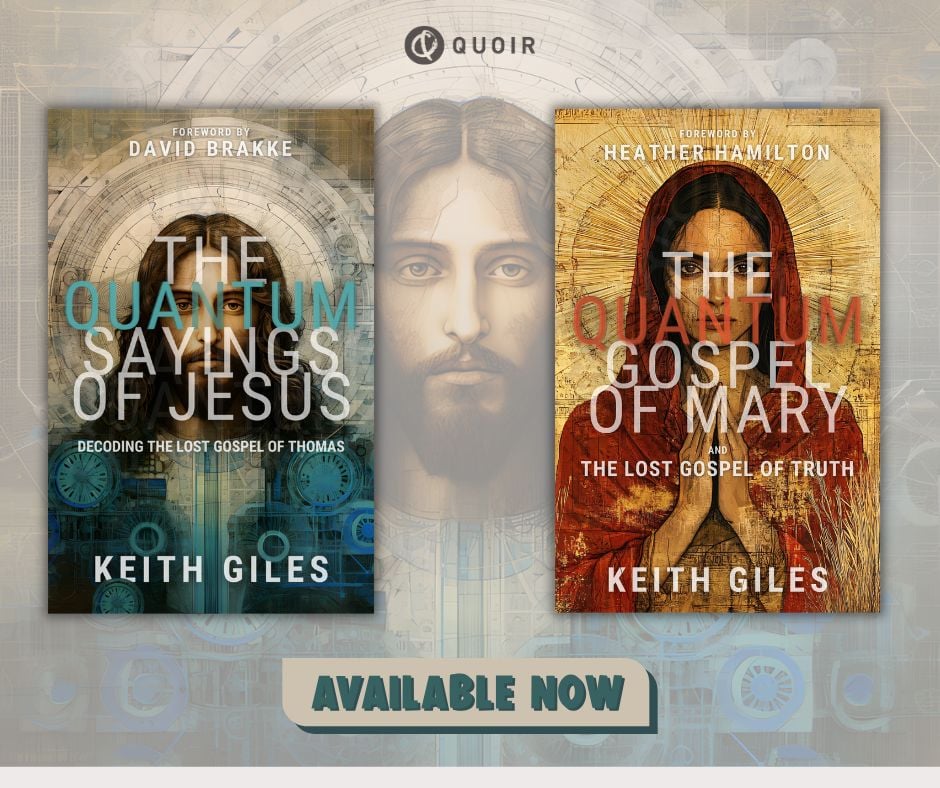
The new book, “The Quantum Gospel of Mary and the Lost Gospel of Truth”is now available on Amazon.The book from Keith Giles, “The Quantum Sayings of Jesus: Decoding the Lost Gospel of Thomas” is available now on Amazon. Order HERE>Keith Giles is the best-selling author of the Jesus Un series. He has been interviewed on CNN with Anderson Cooper, Coast to Coast Radio with George Noory, USA Today, BuzzFeed, and John Fugelsang’s “Tell Me Everything.”He co-hosts The Heretic Happy Hour Podcastand his solo podcast, Second Cup With Keith which are both available on Spotify, Amazon, Apple, Podbean or wherever you find great podcasts.
